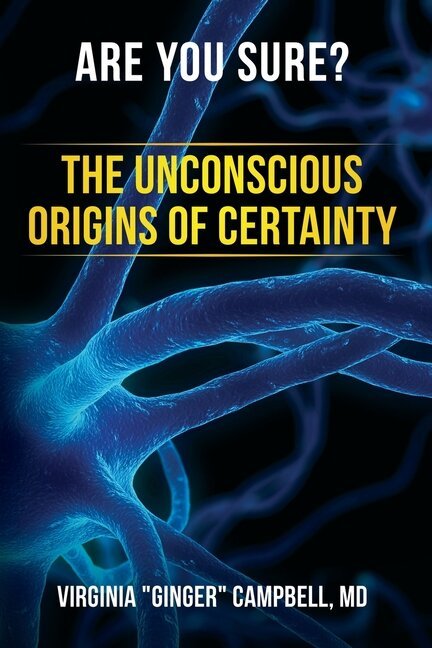For transcripts to ALL EPISODES sign up for MyLibsyn Premium.
Patreon supporters ($4/month minimum) get new transcripts every month.
Episode Review (transcript excerpt):
The good news in Sander Van Der Linden's book, Foolproof: Why Misinformation Infects Our Minds and How to Build Immunity, is that there really is something we can do about the problem even though the techniques being used seem to be becoming more and more sophisticated.
The key principle is to build our awareness and our ability to recognize manipulative techniques. Studying conspiracies is a good place to start because this is where the principles are more easily recognized.
He uses the letters CONSPIRE as a pneumonic. The first C is for contradictory thinking; O for overriding suspicion; N for nefarious intent; S for something must be wrong; P for persecuted victim, I for immunity to evidence, and R for reinterpreting randomness.
Those who embrace conspiracy theories tend to have similar psychological traits and often believe in multiple contradictory theories. I never used to take conspiracy theories seriously since it doesn't really matter if someone believes the moon landing was a hoax. However, if they refuse to be vaccinated despite the scientific evidence that vaccines are the best way to prevent serious infectious diseases, this can cost the lives of others.
As a physician, I feel compelled to say that vaccines are the most important discovery in medical history. When somebody decides not to be vaccinated, their choice affects those around them, not just because herd immunity requires a high level of vaccination, but because there will always be those who can't be vaccinated or whose immune systems are too weak to respond properly. This is an issue of science and public health, not politics.
Given the role that conspiracy theories have played in vaccine hesitancy, I wanted to have a better understanding of how they work. Dr. Van Der Linden mentions the games his groups have developed, one of those games tasks the player with creating and spreading a conspiracy theory.
In the book, he describes this game and how it appears to generate at least a partial immunity against the CONSPIRE tactics.
Next, he moved to the basic techniques that are used to spread misinformation in general. In contrast to facts backed by evidence, misinformation is easily spread by being more novel, using moral language, using emotional language, being more provocative.
A person might spread something because they say, “Oh, this would be interesting if it was true.” Other techniques include false dichotomies, scapegoating, using emotions to polarize, and fake experts. He gave some examples of all these things in the interview.
Now, I just gave you a relatively boring list that you are probably not going to remember. Therefore, I suggest that you go to the website Inoculation Science, where there are videos and three different games to try out.
For transcripts to ALL EPISODES sign up for MyLibsyn Premium.
Patreon supporters ($4/month minimum) get new transcripts every month.



















